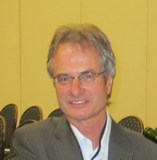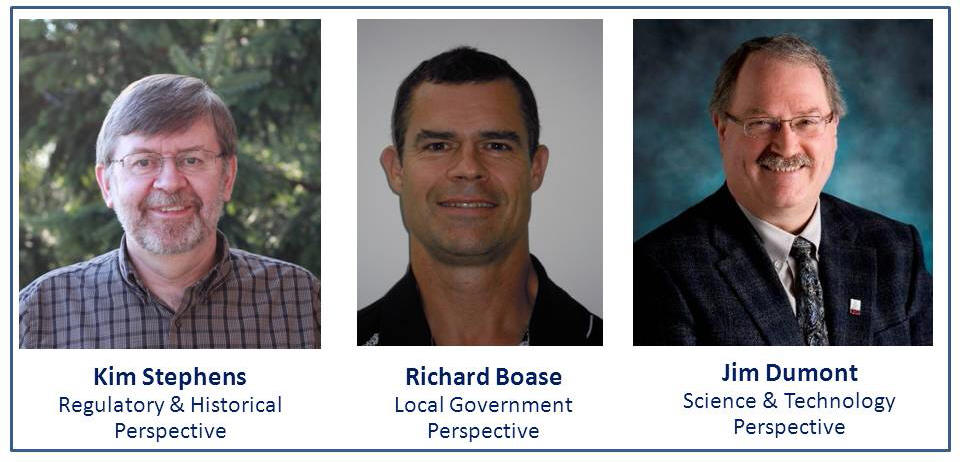Sustainable Rainwater Management: Regional District of Nanaimo hosts second in 2012-2013 series of “Water Balance Model Training Workshops”
The web-based Water Balance Model for British Columbia is a scenario comparison tool. Launched by an inter-governmental partnership in 2003, the tool quantifies the effectiveness of green infrastructure in accomplishing two inter-connected goals: reduce a community’s ‘water footprint’; and protect stream health.
The first training workshop in the 2012-2013 series was hosted by the Okanagan Basin Water Board in March 2012. On June 12, the Regional District of Nanaimo is hosting the second in the series at Vancouver Island University. Learn how to use effective green infrastructure, lighten the ‘Water Footprint’, achieve more at less cost, adapt to a changing climate and protect stream health.
 “The workshop hosted by the Regional District of Nanaimo (RDN) will build on the introductory information presented by Kim Stephens and Jim Dumont at the Cowichan Water Balance Forum in March 2012. The workshop is an opportunity for planning, engineering and other local government staff – including managers and supervisors – to gain an understanding and appreciation of the speed and power of this tool in generating useful answers in minutes rather than in hours or days,” states the RDN’s John Finnie, General Manager, Regional and Community Utilities.
“The workshop hosted by the Regional District of Nanaimo (RDN) will build on the introductory information presented by Kim Stephens and Jim Dumont at the Cowichan Water Balance Forum in March 2012. The workshop is an opportunity for planning, engineering and other local government staff – including managers and supervisors – to gain an understanding and appreciation of the speed and power of this tool in generating useful answers in minutes rather than in hours or days,” states the RDN’s John Finnie, General Manager, Regional and Community Utilities.
“The workshop is structured in two parts: the first segment (morning/lunch) will provide the context, overview and applicability/benefits of the WBM; and the second segment (afternoon) will provide a hands-on opportunity for participants who wish to get into the how of the WBM.”
About the Teaching Team
Kim Stephens is an engineer-planner, and is the Executive Director of the Partnersship for Water Sustainability in BC. He specializes in public policy and has played a leadership role in a series of initiatives in British Columbia related to water sustainability, rainwater management and green infrastructure. More than a decade ago, he looked at rainfall differently and developed the Water Balance Methodology that the Province subsequently incorporated in Stormwater Planning: A Guidebook for British Columbia. Since 2003, Kim has been responsible for developing and delivering the Water Sustainability Action Plan for British Columbia, the partnership umbrella for a water-centric approach to community planning and development.
Richard Boase is a geoscientist, and is the District of North Vancouver’s Environmental Protection Officer. He is also Co-Chair of the Water Balance Model Partnership. Richard Boase is an innovator and is the District’s project manager for case study demonstration applications that have been driving the evolution of the Water Balance Model. He is the Partnership’s lead for development of the Water Balance Model Express for Landowners. To be rolled out later in 2012, this tool will have pre-set performance targets that are watershed-specific. This means that landowners will then be able to focus on the geometrics of fitting rainfall capture measures onto their properties.
Jim Dumont is the Engineering Applications Authority for the Water Balance Model Partnership. He is a recognized specialist in hydrologic modelling. For many years, he has been teaching modelling seminars as part of the professional development program provided by the Association Professional Engineers and Geoscientists of BC. Jim Dumont evolved the Water Balance Methodology to address the relationship between rainfall volume control and resulting flow rates in streams; and developed the Stream Health Methodology as the technical foundation for the ‘Beyond the Guidebook’ initiative in 2007. This methodology correlated stream erosion as a measure of stream health.
TO LEARN MORE:
To download an Agenda Preview and learn about the Water Balance Methodology, click on Sustainable Rainwater Management: Mimic the Water Balance!


